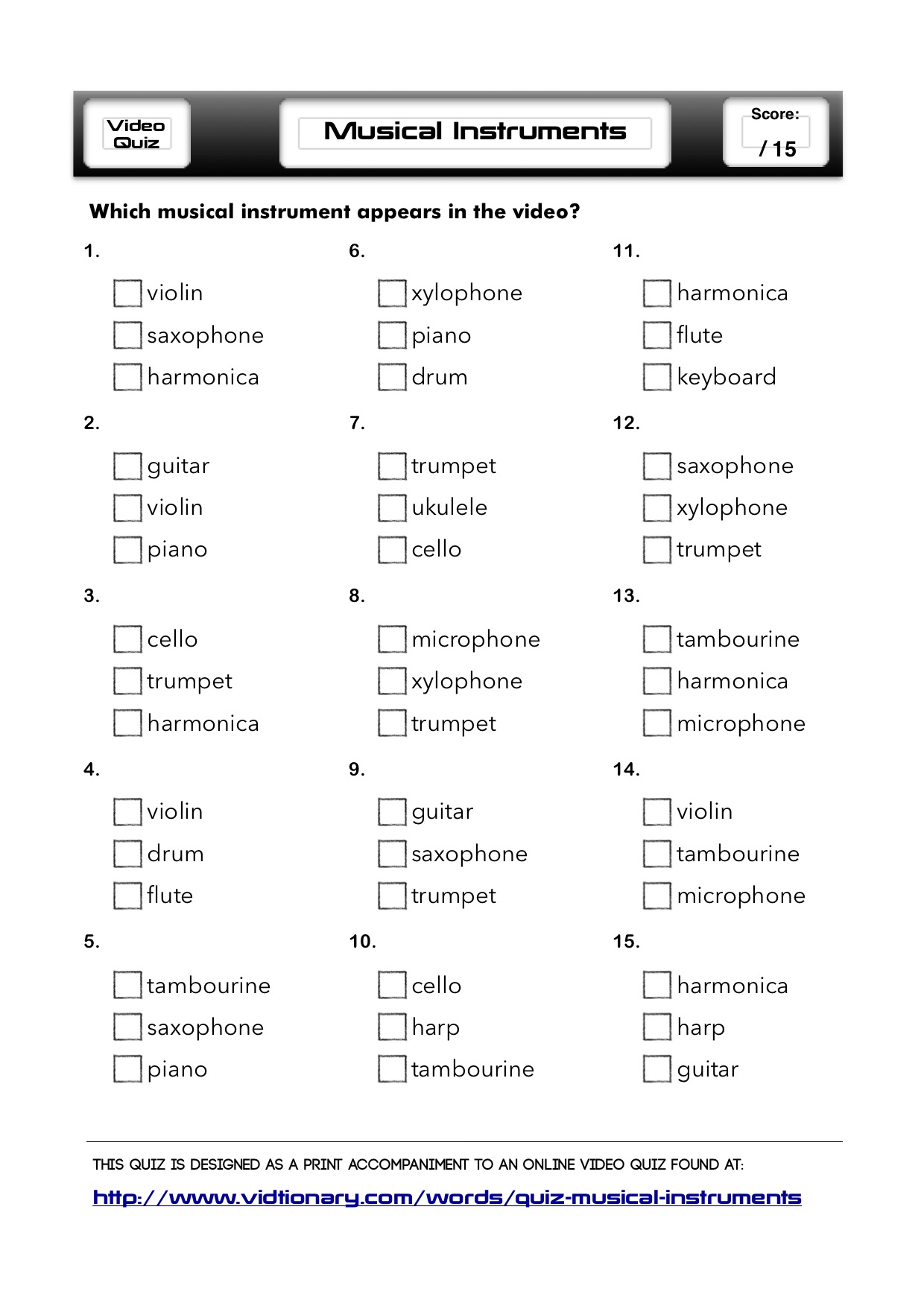
Use Tech to Organize, Administrate and Promote Your Music Program.Podcasting 101: Share your program with the world!.Building the Strongest Foundation for Your Band or Orchestra Program.Setting up your string students for success!.Selecting Repertoire and Programming Considerations.Inspire, retain, and empower intermediate string students.How PURE is your orchestra’s intonation?.Assessment Practices for the 21st Century String Educator.Beyond the Method Book – Resources and Ideas.Envisioning & Developing the Complete Music Program.Chimes are struck on the top edge of the tube. Chimes are made up of hanging tubes of metal, with the length determining their pitch. Using a hard mallet gives a clear bell-like tone. The Glockenspiel is similar to the xylophone in layout, but has metal bars and is smaller, lacking the resonators. Lower bars are wider and higher bars are narrower, and softer mallets are generally used. A damper pedal much like that on a piano can also extend the sound of the notes. Vibraphones have bars made of aluminum, so a note can sound longer. The marimba is also made of wooden bars, but it has a more mellow tone than the xylophone due to the bars being wider and thinner, and it is played with softer mallets. The xylophone (photo) is made of consistently-sized wooden bars that are played with hard mallets. All are tuned to specific notes in the musical scale, and all are played standing up. The Arapahoe Phil uses the xylophone, marimba, vibraphone, glockenspiel and chimes depending on the works being performed. There are several percussion instruments that are played by striking them with mallets. Keyboard instruments are a special class of percussion instrument. There are numerous kinds of percussion instruments, such as rattles, castanets, or tambourines, that are not shown here as they are used less frequently in orchestral compositions. Percussion instruments are an international family, representing musical styles from many different cultures. Untuned instruments produce a sound with no definite pitch, like the sound of hitting two pieces of wood or metal together. Tuned instruments play specific pitches or notes, just like the woodwind, brass and string instruments. Percussion instruments can also be tuned or untuned. Instruments in the percussion family make sound in one of three ways, by striking, shaking, or scraping. The percussion section provides a variety of rhythms, textures and tone colors to orchestral music. Read more about it under The Woodwind Family to find out why! Looking for the saxophone ? While made of brass, it is under the woodwind section. Brass musicians can also insert mutes into the bell of their instrument to change the timbre of its sound.

The mouthpiece can also make a big difference in tone. In addition to the valves, the player can select the pitch from a range of overtones or harmonics by changing his or her lip aperture and tension (known as the embouchure). When the player presses down on the valves, they open and close different parts of the pipe, increasing or decreasing the length of the pipe when played and creating a lower sound. Most brass instruments have valves attached to their long pipes. Instruments in the brass family produce their sound when the player “buzzes” her or his lips while blowing air through the mouthpiece, kind of like making a “raspberry”, creating a vibrating column of air within the instrument. The pipes have been curved and twisted into different shapes to make them easier to hold and play. The shorter the vibrating part of the string, the higher the sound produced.īrass instruments are essentially very long pipes that widen at their ends into a bell-like shape. The instrument sounds different notes when the performer presses a finger down on the strings on the instrument?s neck, changing the length of the portion of the string that vibrates. The player makes the strings vibrate by plucking them, striking them, strumming them, or, most frequently, by drawing a bow across them. The strings are tuned in perfect fifths from each other 5 notes apart. The pegs are used to tune the instrument (change the length of the string until it makes exactly the right sound). The quality of sound of one of these instruments depends on its shape, the wood it is made from, the thickness of both the top and back, and the varnish that coats its outside surface.įour strings made of gut, synthetics, or steel are wrapped around pegs at one end of the instrument, tightly stretched across a bridge, and attached to a tailpiece at the other end. They are all made by gluing pieces of wood together to form a hollow sound box. The four most commonly used instruments in the string family are the violin, the viola, the cello and the double (string) bass.


 0 kommentar(er)
0 kommentar(er)
